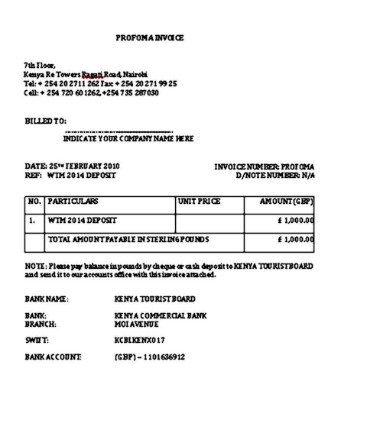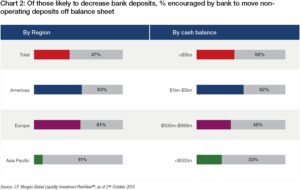How to Reconcile Bookkeeping Accounts: A Step-by-Step Guide


Bookkeeping reconciliation is used by companies to make sure their financial records are free of any errors. To do this, companies periodically reconcile their financial records with external documents. For example, a company may reconcile their general ledger and subledgers monthly with bank statements and vendor invoices. Reconciliation serves a pivotal role in the accuracy and reliability of financial statements, which are essential for reporting a company’s financial health accurately.
Note that transactions may take a few days to clear, so the transaction date in your financial records may not precisely match the date on your bank statement. If there are any differences between the accounts and the amounts, these differences need to be explained. Reconciling your bank statements allows you to identify problems before they get out of hand. Because the individual is fastidious about keeping receipts, they call the credit card to dispute the amounts. After an investigation, the credit card is found to have been compromised by a criminal who was able to obtain the company’s information and charge the individual’s credit card.
Final thoughts on reconciliation in accounting

He also 2020 adp time tracking and scheduling software subtracts the $500 in bank fees from his financial statement balance, bringing him to $99,500 and balancing the two accounts. A documentation review is the most common form of account reconciliation, and the one that auditors prefer. Under this method, call up the account detail in the accounting software, and review the appropriateness of each transaction listed in the account. For example, if you are reconciling the trade accounts receivable account, the balance in the account should exactly match the total of the open accounts receivable report. By prioritizing reconciliation in accounting, lawyers and law firms can maintain financial accuracy and compliance, but that doesn’t mean that lawyers need to spend hours each day looking at accounts on paper or in Excel. By leveraging technology for more efficient reconciliation processes, lawyers can save time and greatly reduce the chance of error.
They should report fraudulent transactions to the appropriate authorities and enhance internal controls to prevent future incidents. To prepare, one should identify the specific period that the reconciliation will cover. Reconciliation serves an important purpose for businesses and individuals in preventing accounting errors and reducing the possibility of fraud. Businesses are generally advised to reconcile their accounts at least monthly, but they can do so as often as they wish. Businesses that follow a risk-based approach to reconciliation will reconcile certain accounts more frequently than others, based on their greater likelihood of error.
Data Processing Errors
The balances between the two records must agree with each other, and any discrepancies should be explained in the account reconciliation statement. To conduct a bank reconciliation, you living wage calculator compare the bank statement to the company’s cash account records. Adjust for any differences due to outstanding checks, deposits in transit, bank fees, or errors to attain a reconciled balance.
Consequences of Not Reconciling Your Bank Statement
Expenses or income not previously recorded must now be categorized and entered, and any mistakes need to be rectified promptly. An NSF (not sufficient funds) check is a check that has not been honored by the bank due to insufficient funds in the entity’s bank accounts. This means that the check amount has not been deposited in your bank account and hence needs to be deducted from your cash account records. In the event that something doesn’t match, you should follow a couple of different steps. First, there are some obvious reasons why there might be discrepancies in your account.
- Accuracy and completeness are the two most important things when reconciling accounts.
- After adjusting the balances as per the bank and as per the books, the adjusted amounts should be the same.
- Consistent reconciliation of these accounts is necessary to maintain their accuracy and ensure that the financial statements represent the business’s true obligations and equity value.
- It is a general practice for businesses to create their balance sheet at the end of the financial year as it denotes the state of finances for that period.
- Some businesses create a bank reconciliation statement to document that they regularly reconcile accounts.
Addressing Bank Errors
In each case, the aim is to account definition: accountingtools identify and rectify any disparities, guaranteeing that the financial statements reflect an accurate and verifiable account of the company’s financial status. Performing immediate bank reconciliations for large cash amounts or suspicious transactions further increases your ability to catch fraud and error. Go through both statements and highlight any transactions that appear on only one side.
The accountant adjusts the accounts payable to $4.8 million, which is the approximate amount of the estimated accounts payable. To learn more about how Clio can help law firms to easily manage trust accounting and three-way reconciliation, while staying compliant, read our guide here. Failure to adhere to compliance requirements that apply to account reconciliation can potentially lead to negative legal and professional consequences, including regulatory penalties, civil liability, and even disbarment. Tick all transactions recorded in the cash book against similar transactions appearing in the bank statement. Make a list of all transactions in the bank statement that are not supported, i.e., are not supported by any evidence, such as a payment receipt.
For example, a company can estimate the amount of expected bad debts in the receivable account to see if it is close to the balance in the allowance for doubtful accounts. The expected bad debts are estimated based on the historical activity levels of the bad debts allowance. Since accounts reconciliation is integral to ensuring proper management of the cash flow and other assets of the company, we need to look at when and how often accounts reconciliation should be carried out. In modern bookkeeping, accounting software has become a cornerstone element for efficient financial management, embracing automated processes and integrative capabilities to streamline reconciliation tasks. When signs of fraud or theft are detected, like unexplained losses or suspicious transactions, swift action is required. It is essential to conduct an investigation to determine the extent and source of the issue.